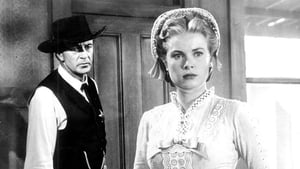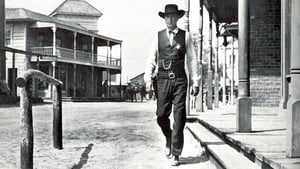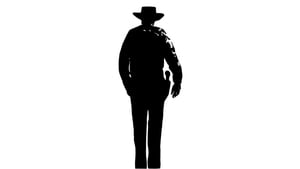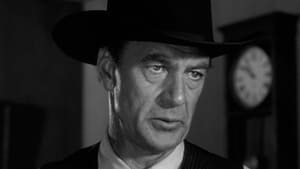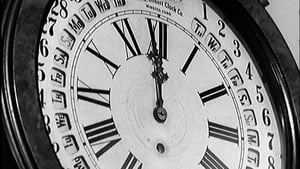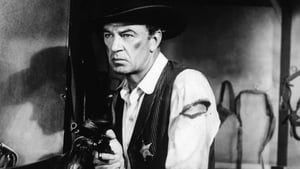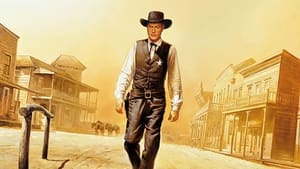Contact: [email protected]
Video Sources 0 Views
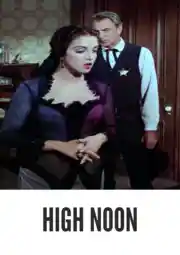
Synopsis
[ez-toc]





Introduction
In the ever-evolving landscape of cinema, the enchanting allure of colorized movies has become a gateway to breathe new life into the golden gems of the past. These vibrant adaptations of old films, though initially met with skepticism, have proven to be a captivating bridge between the rich history of cinema and the modern audience. In this exploration, we delve into the world of colorized movies, with a particular focus on the iconic “High Noon Colorized 1952.” As we journey through the hues of nostalgia, we aim to unravel the magic of colorization, dissect the controversies surrounding it, and appreciate how it transforms an ageless classic into a vivid tapestry of cinematic brilliance.
Read Media File Transfer Agreement: Terms and Conditions
Read FAQ
The Significance of “High Noon Colorized” (1952) in Film History
“High Noon, Colorized” directed by Fred Zinnemann, stands as a pinnacle in Western film history. Released in 1952, the original black-and-white masterpiece starred Gary Cooper as the steadfast Marshal Will Kane and Grace Kelly as his newlywed wife, Amy Fowler. The film, written by Carl Foreman and produced by Stanley Kramer, is celebrated for its gripping narrative and Dimitri Tiomkin’s iconic musical score.
This Western classic unfolds in real-time as Marshal Kane faces a moral dilemma when a vengeful outlaw, played by the formidable Lee Van Cleef, is set to arrive on the noon train. The film’s tension is heightened by Kane’s struggle to assemble a posse and the ticking clock that symbolizes his impending showdown.
The decision to colorize “High Noon Colorized” is a tribute to its enduring legacy and its timeless relevance. With a stellar cast and a narrative that transcends the boundaries of time, the film provides a canvas rich in visual and emotional depth, making it an ideal candidate for the colorization process.
Understanding the Colorization Process
Colorization, a meticulous process of adding color to black-and-white films, has undergone significant advancements. Initially met with skepticism due to concerns about authenticity, modern colorization techniques employ sophisticated technology to achieve stunning results. Digital tools and extensive research into the original filmmakers’ intent have elevated colorization to an art form that respects the essence of the original work.
The process involves frame-by-frame analysis, with colorists meticulously recreating the intended colors based on historical references and artistic intuition. This meticulous attention to detail ensures that the colorized version stays true to the director’s vision, enhancing the visual experience without compromising the film’s integrity.
The Controversy Surrounding Colorized Versions
While colorization breathes new life into old classics, it sparks debates about authenticity and the preservation of the director’s vision. Purists argue that altering the original black-and-white format may compromise the filmmaker’s intended atmosphere. However, proponents believe that colorization offers a fresh perspective, engaging a broader audience and revitalizing interest in cinematic history.
Directorial intent often becomes a focal point in these debates. Some argue that the colorization process introduces a new interpretation, potentially straying from the director’s original vision. On the other hand, proponents contend that colorization is a dynamic way to reimagine the classics, appealing to contemporary audiences while preserving the essence of the story.
Analyzing the Colorized Aesthetic of “High Noon Colorized 1952”
As we venture into the colorized rendition of “High Noon Colorized,” the visual impact is nothing short of mesmerizing. The color palette chosen carefully amplifies the film’s atmospheric elements, enhancing its aesthetic appeal without overshadowing its original charm.
The expansive landscapes, once confined to shades of gray, now burst forth in a spectrum of colors that breathe life into the Old West. The warm hues of the sun setting over the deserted streets, juxtaposed with the cool tones of the impending danger, create a dynamic visual experience. Cinematographer Floyd Crosby’s original compositions are elevated, offering audiences a fresh perspective on the film’s visual storytelling.
The Impact of Colorization on Performances
The colorized version of “High Noon Colorized” not only revitalizes the scenery but also adds nuance to the performances of Gary Cooper and Grace Kelly. Cooper’s stoic determination as Marshal Kane is accentuated by the warm tones, highlighting the emotional resonance of his character. Grace Kelly’s presence, already captivating, gains an added layer of complexity as her character’s internal conflict becomes more palpable through color.
In essence, the colorization process breathes new life into the characters, creating an immersive experience that resonates with both fans of the original and a new generation of viewers. The subtle details of facial expressions, costume nuances, and the overall ambiance are heightened, offering a fresh perspective on the characters’ emotional journeys.
The decision to colorize this classic Western isn’t merely a technological gimmick; it’s an artistic choice that enhances the film’s narrative depth. By embracing colorization, “High Noon Colorized 1952” becomes a visual feast, inviting audiences to rediscover the nuances of a timeless tale.
Interpreting Themes and Socio-Political Contexts Through Color
Color, as a storytelling tool, has the power to influence our interpretation of themes and socio-political contexts embedded in a film. “High Noon Colorized” thrives on its exploration of moral ambiguity and the internal struggle of its protagonist. The colorized version accentuates this by employing a deliberate color palette that heightens the dichotomy between justice and lawlessness.
As we delve into the socio-political undertones of “High Noon Colorized,” the film’s portrayal of fear during the McCarthy era gains a new dimension through color choices. The stark contrast between the vibrant town and the ominous shadows amplifies the power dynamics and loyalty themes, providing a nuanced perspective on the anxieties prevalent during the film’s original release.
The colorization process allows audiences to reevaluate the film’s thematic nuances, inviting discussions on the societal fears reflected in the narrative. The interplay of colors becomes a visual language that adds depth to the characters’ dilemmas and the broader commentary on loyalty and justice.
The Legacy of “High Noon Colorized” as a Colorized Classic
“High Noon Colorized 1952” emerges as a testament to the enduring legacy of cinematic classics. By embracing colorization, this timeless Western invites a new generation of viewers to appreciate its narrative brilliance and thematic richness. Preserving cinematic history is not about static adherence to the past but, rather, a dynamic celebration that adapts to the evolving tastes of audiences.
In encouraging readers to embrace “High Noon Colorized 1952” with an open mind, we celebrate the diversity of interpretations that colorization brings to cinematic masterpieces. The legacy of “High Noon” persists not only in its original form but also in the vibrant hues that now adorn its frames, breathing new life into the Old West and reminding us that great stories transcend the limitations of time and technology.
The colorized version becomes a bridge between generations, connecting those who cherish the classic black-and-white original with a new audience eager to experience the film in a visually immersive way. This bridge ensures that the legacy of “High Noon” continues to evolve, adapting to contemporary tastes while preserving the essence that made it a cinematic gem in the first place.
As we gaze upon the colorized landscapes of this Western gem, let us cherish the magic that continues to captivate audiences, bridging the gap between old and new, and preserving the cinematic tapestry for generations to come. “High Noon Colorized 1952” stands not only as a revival of a classic but also as a celebration of the boundless possibilities that colorization offers in breathing new life into the cherished narratives of cinematic history.
